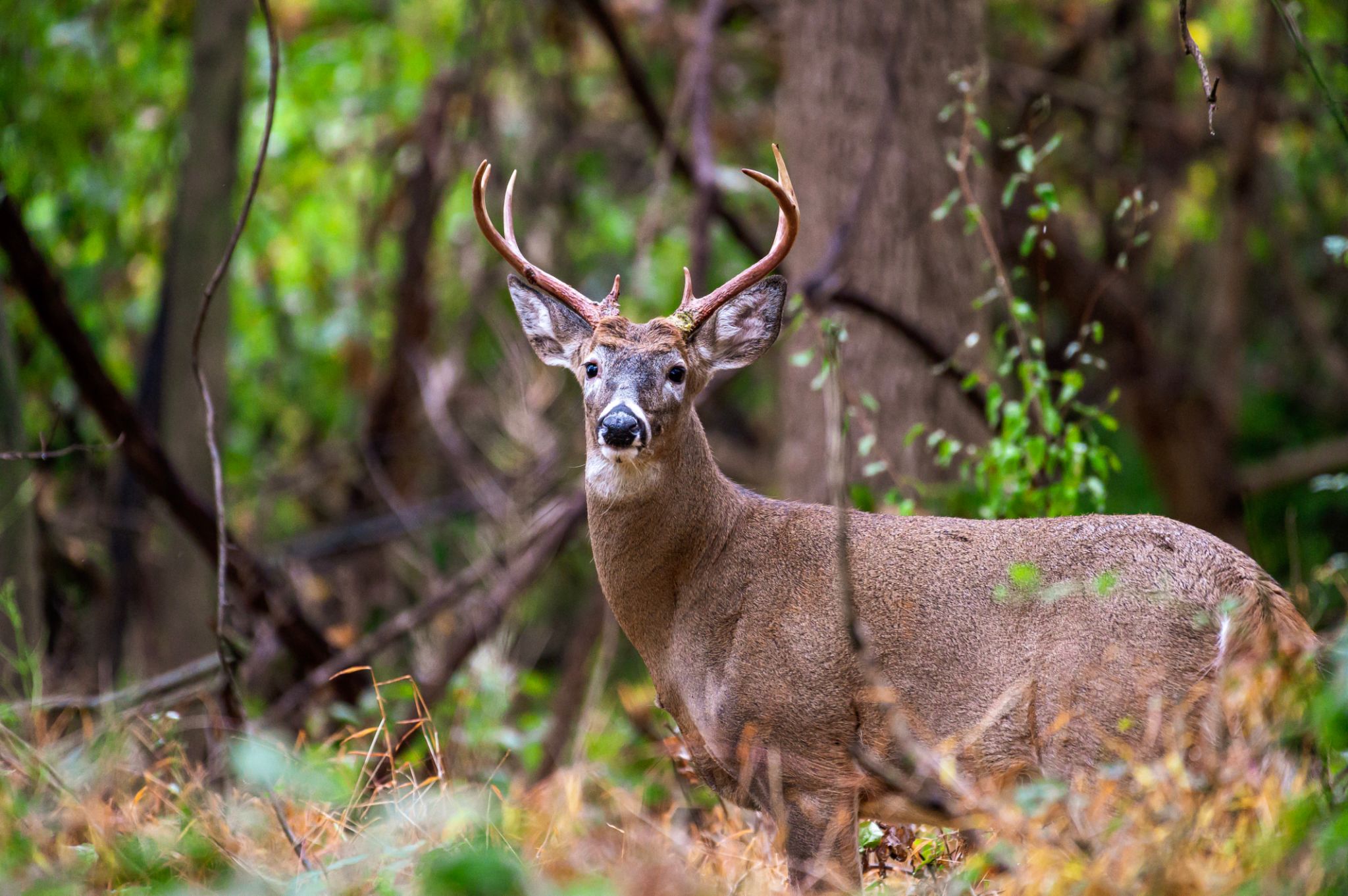Seasonal Hunting Preparation: Gear and Strategies
Understanding the Hunting Season
As the leaves turn and temperatures drop, hunting enthusiasts eagerly prepare for the upcoming season. Understanding the specific regulations and timelines for your region is crucial. Each area may have different rules regarding which animals can be hunted and the allotted time frames. Staying informed ensures not only legal compliance but also a more fruitful hunting experience.
Before stepping into the wilderness, check the local wildlife agency's website for any updates or changes to the hunting regulations. This research helps you plan effectively, ensuring you're targeting the right species at the right time.

Essential Gear for Hunting Success
Having the right gear can make a significant difference in your hunting experience. Start by ensuring you have a reliable firearm or bow, along with appropriate ammunition or arrows. Quality optics, such as binoculars and scopes, are essential for spotting game from a distance.
It's also important to invest in proper clothing. Layers are key to staying comfortable in varying weather conditions. Look for moisture-wicking materials and camouflage patterns suitable for your hunting environment. Don't forget sturdy boots that provide support and traction on uneven terrain.

Safety First: Protective Gear
Safety should always be a top priority when hunting. Equip yourself with a blaze orange vest or hat to enhance visibility to other hunters. Additionally, consider wearing protective eyewear and hearing protection to safeguard against potential hazards.
A first-aid kit is another essential item to carry. Accidents can happen, and being prepared can make all the difference in handling unexpected injuries. Make sure your kit includes bandages, antiseptics, and any personal medications you might need.

Strategizing Your Hunt
Successful hunting requires strategic planning. Begin by scouting your chosen hunting area ahead of time. Look for signs of wildlife activity, such as tracks, droppings, and feeding areas. Understanding animal behavior and patterns will enhance your chances of a successful hunt.
Consider using trail cameras to monitor wildlife movement over time. These cameras provide valuable insights into animal habits, allowing you to plan your hunting trips more effectively. Additionally, familiarize yourself with the terrain to identify the best spots for setting up blinds or tree stands.

Weather Considerations
The weather plays a significant role in hunting success. Keep an eye on forecasts leading up to your hunt and adjust your plans accordingly. Wind direction is particularly important as it can affect how animals detect your presence.
Cold fronts often increase animal activity as they prepare for impending weather changes. Take advantage of these opportunities by being ready to adapt your strategy based on weather conditions.
Proper Nutrition and Hydration
Spending long hours in the wilderness requires energy and hydration. Pack nutrient-dense snacks like nuts, jerky, and energy bars to keep your energy levels up throughout the day. A hydration system or water bottles should be part of your gear to ensure you stay properly hydrated.
Consider the weight of your supplies as you pack; aim for lightweight, high-calorie options that won't weigh you down as you move through the terrain.

Final Preparations
Before heading out, double-check that all your gear is in working order. Clean your firearms or bows and ensure all equipment is functioning properly. Charge any electronic devices, including GPS units and communication tools, to avoid unexpected issues in the field.
Finally, let someone know your hunting plans, including your location and expected return time. Safety is paramount, and having someone aware of your whereabouts can be a critical factor in case of emergencies.
